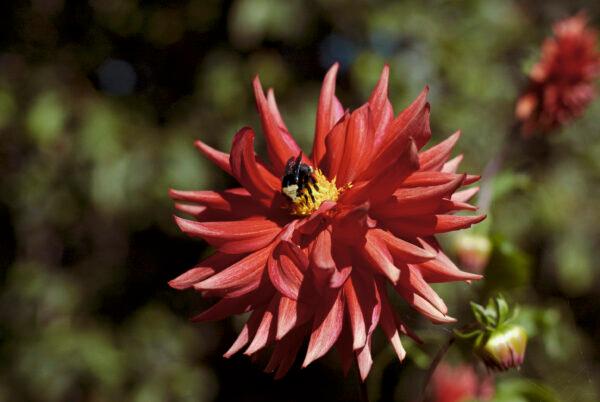A series of cultivated gardens winds its way out to untouched coastal bluffs at Mendocino Coast Botanical Gardens on the northern coast of California. The 47-acre nonprofit botanical garden is home to noteworthy collections of rhododendrons, dahlias, conifers, camellias, heaths, and heathers. Surrounded by native and curated beauty, the lush vegetable garden charitably grows thousands of pounds of fresh produce every year for a local food bank. Like the tides at its Pacific perimeter, this vibrant ecosystem ebbs and flows with all forms of life in and out of its boundaries. As many as 187 species of birds visit the garden where land meets sea, turning botanical enthusiasts into amateur ornithologists and/or whale watchers on any given day.

Jeff Perkin for American Essence





